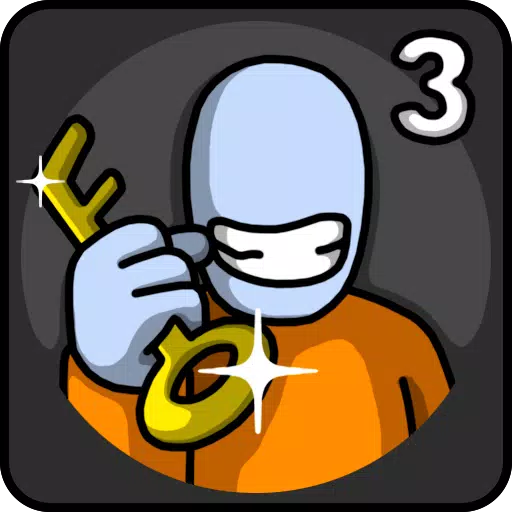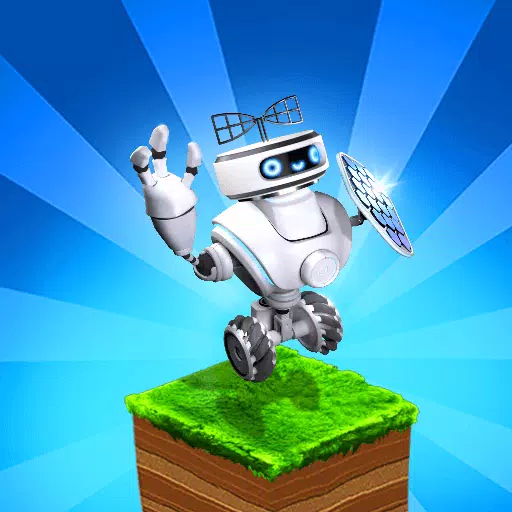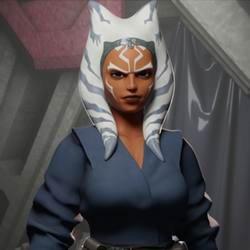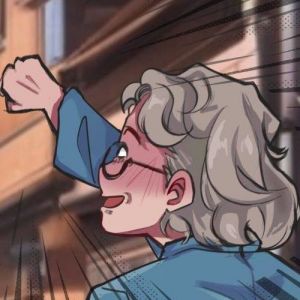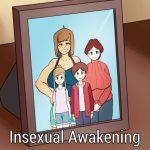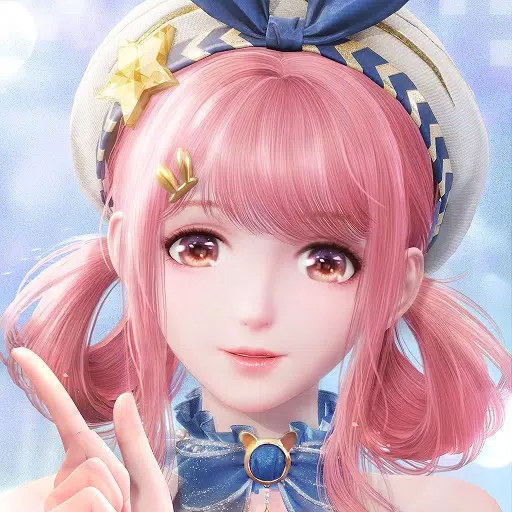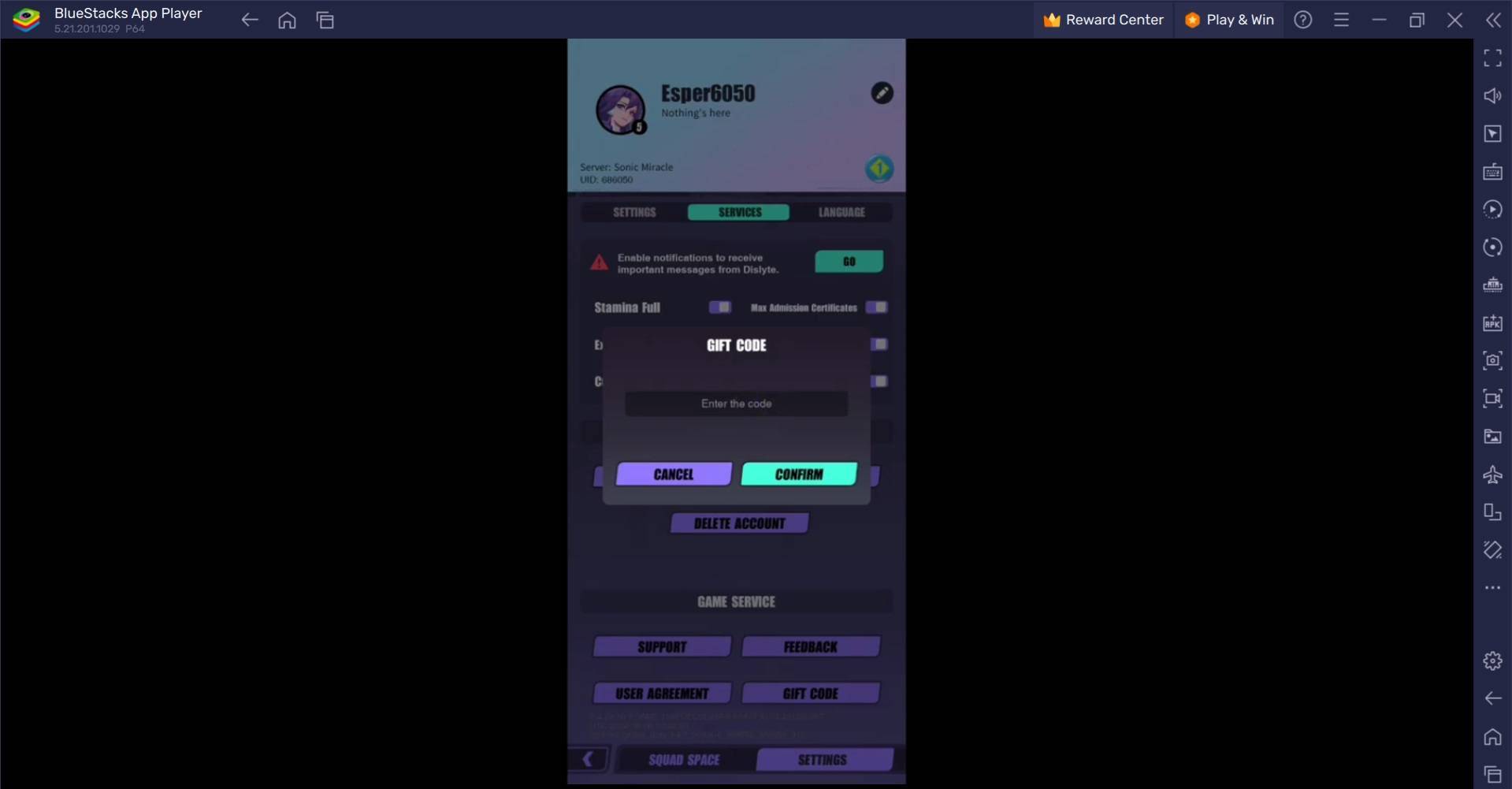The Marvel Cinematic Universe (MCU) has revolutionized entertainment with its interconnected series of films and TV shows, crafting a long-running, cohesive narrative. In contrast, Marvel video games operate independently, with each game featuring its own unique story. For instance, Insomniac's Marvel's Spider-Man series is entirely separate from Eidos-Montreal's Marvel's Guardians of the Galaxy. Upcoming titles like Marvel 1943: Rise of Hydra, Marvel's Wolverine, and Marvel's Blade also stand alone, lacking any shared universe elements.
However, Disney once entertained the idea of a Marvel Gaming Universe (MGU) that would mirror the MCU's success in the video game realm. This ambitious project aimed to create a unified gaming experience where stories and characters from different games would intertwine. So, what led to its demise?

On The Fourth Curtain podcast, host Alexander Seropian and guest Alex Irvine shed light on the MGU concept. Seropian, known for co-founding Bungie and his work on Halo and Destiny, led Disney's video game division until his departure in 2012. Irvine, a veteran Marvel game writer, contributed to the world-building and character development for Marvel Rivals.
Irvine reminisced about the initial vision for the MGU, stating, "When I first started working on Marvel games, there was this idea that they were going to create a Marvel gaming universe that was going to exist in the same way that the MCU did. It never really happened."
Seropian confirmed that the MGU was his initiative, conceived before the MCU's rise, but it failed to secure funding from Disney's higher-ups. "When I was at Disney, that was my initiative, 'Hey, let’s tie these games together.' It was pre-MCU. But it didn’t get funded," he explained.
Irvine, who had previously worked on the innovative Halo alternate reality game (ARG) I Love Bees, elaborated on the potential mechanics of the MGU. "That was so frustrating because we came up with all these great ideas about how to do it," he said. "And I was coming out of ARGs at that point and thinking, 'Wouldn’t it be cool if we had some ARG aspects?' There would be a place where players could go that all the games touched, and we could move them back and forth from game to game. We could link in comics, we could loop in anything, we could do original stuff. And then, as Alex said, it didn’t get funded. So we made a bunch of games."
The complexity of integrating the MGU with existing Marvel media like comics and movies posed significant challenges. Irvine noted that the intricate questions about maintaining consistency across different mediums deterred some at Disney. "Even back then, we were trying to figure out, 'If there’s going to be this MGU, how is it different from the comics? How is it different from the movies? How are we going to decide if it stays consistent?' And I think some of those questions got complex enough that there were people at Disney who didn’t really want to deal with them," he explained.
Had the MGU been realized, it could have created a shared universe where characters from Insomniac's Spider-Man games interacted with those from Square Enix's Marvel's Avengers and Marvel's Guardians of the Galaxy, potentially culminating in a grand, Endgame-style event.
Looking to the future, fans wonder about the setting of Insomniac's Marvel's Wolverine game. Will it share the same universe as Marvel's Spider-Man, allowing for character crossovers or cameos?
Ultimately, the MGU remains a fascinating "what if" scenario in the annals of video game history. While it never came to fruition in our world, perhaps in another universe, it thrives as a testament to the power of interconnected storytelling.
 Home
Home  Navigation
Navigation






 Latest Articles
Latest Articles









 Latest Games
Latest Games
